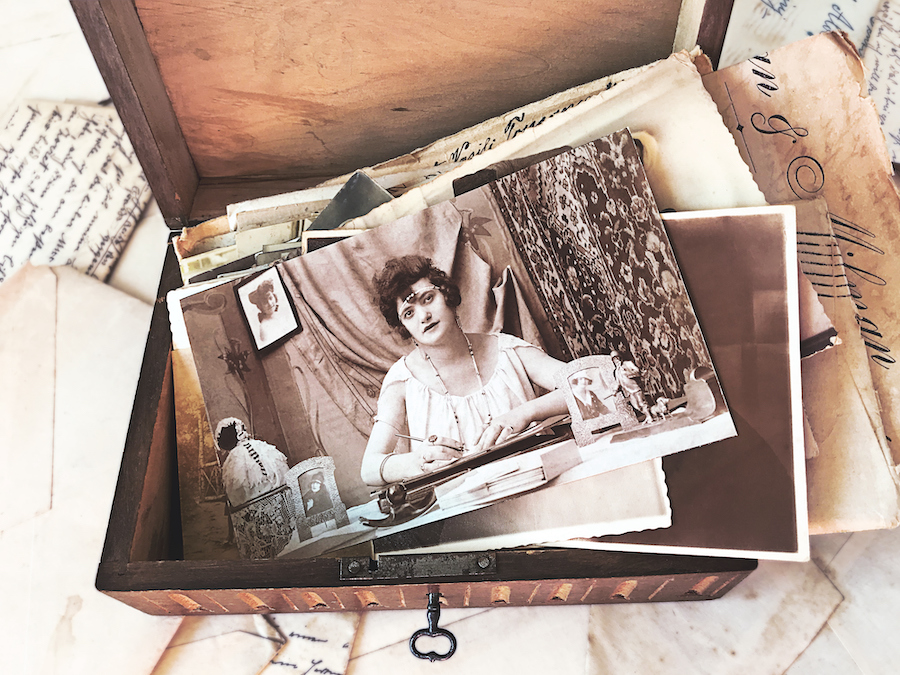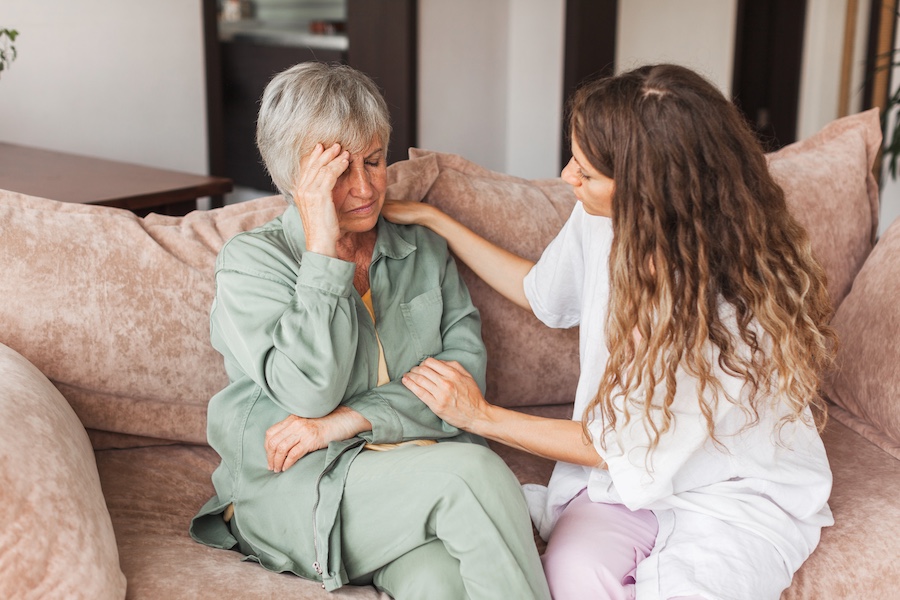
People living with Alzheimer’s or other dementia may remember their far-off past but might not be able to remember an event that happened yesterday. That’s why building a memory box can be a great way to connect with your loved one as they recall different people and events from their past.
By providing concrete, tangible items that start conversations and spark memories, memory boxes can help family members, friends and care providers to engage individuals living with memory loss in a healthy, meaningful way. Here are a few suggestions to keep in mind before creating your own memory box:
Choose the right container
Find a suitable container to serve as your memory box. It should be sturdy and easy to store and lift. Your container can be as simple as a shoebox or Tupperware container, or more ornate like a basket or a chest. You can also decorate the box with drawings, small glued-on items, or photos to make it even more unique.
Find meaningful objects
Find objects to put in your memory box that have a specific memory attached to them. These can be objects that reflect your loved one’s interests and hobbies, or just ones with personal significance. Some ideas would be family photos, a favorite book, sports memorabilia, CDs or tapes, artwork from grandchildren, vacation souvenirs, a favorite recipe, old newspaper clippings, or a favorite piece of jewelry or clothing.
Pick stimulating and safe items
Senses like touch and smell can help spur memory just as much, or even more so, than sight, so consider choosing items with different textures and fragrances. If you include a CD, be sure to play it with your loved one. And be sure to choose memory-related items that are not sharp, dangerous, or heavy to handle.
Consider including notes and clues
The significance of certain items might not come to your loved one right away. Try labeling items with cues and include a notecard or list in the box detailing all the items with a short description or context clues to suggest why they are meaningful.
Memory boxes are a simple tool for spurring connection and engagement, but the most important part of making a memory box is what happens after you hand it over to a loved one. Both you and your loved one will cherish the process of going through the box, talking about each item, recalling memories, and enjoying the conversations that arise.
At Jackson Creek Senior Living we’re committed to supporting seniors in our community to live well and age well. Call us at 719-259-1331 to learn more about our independent and assisted living and memory support services for those 62+.



